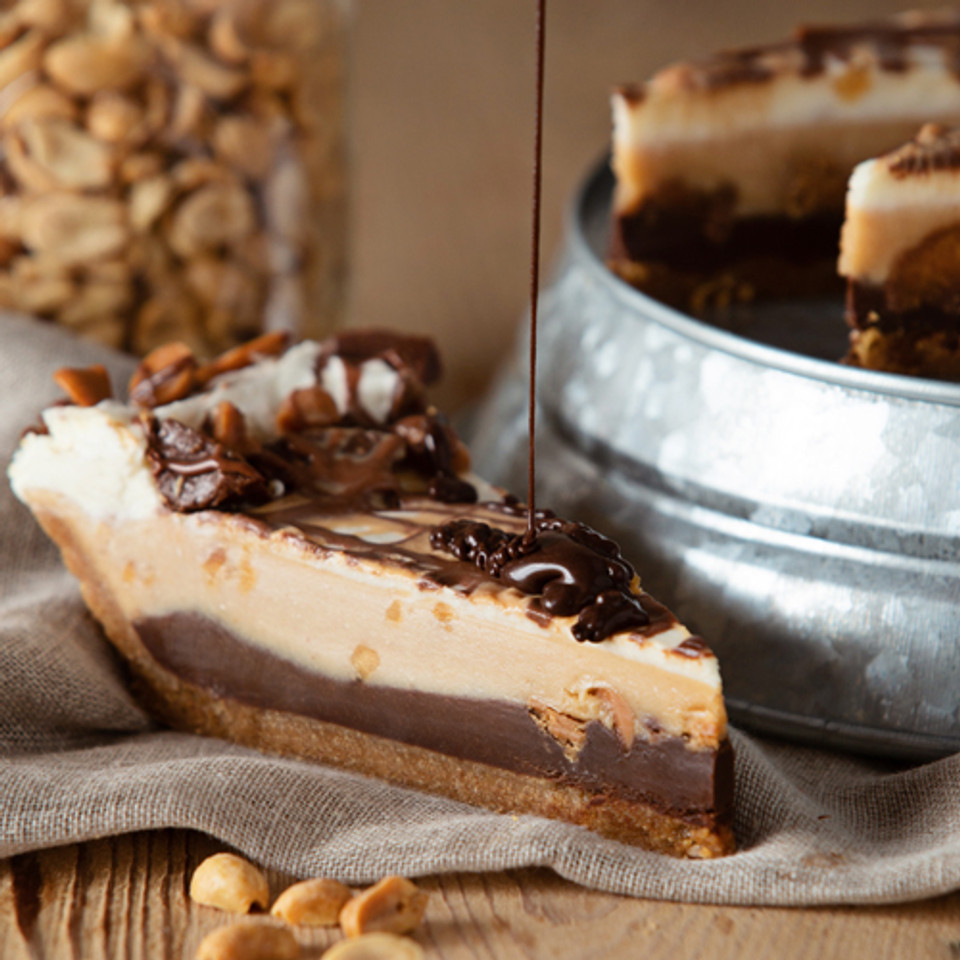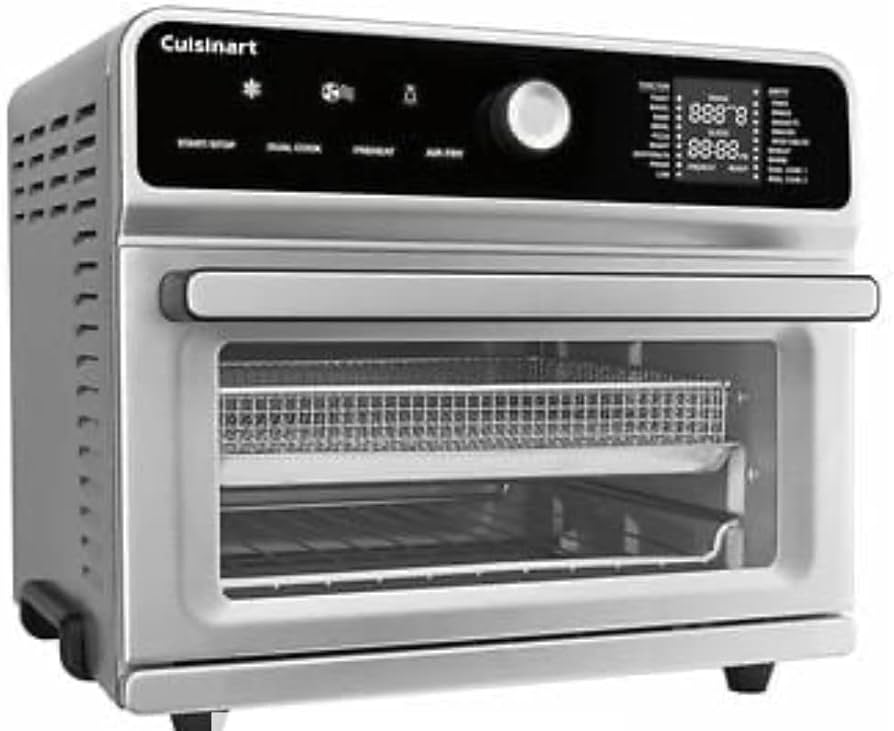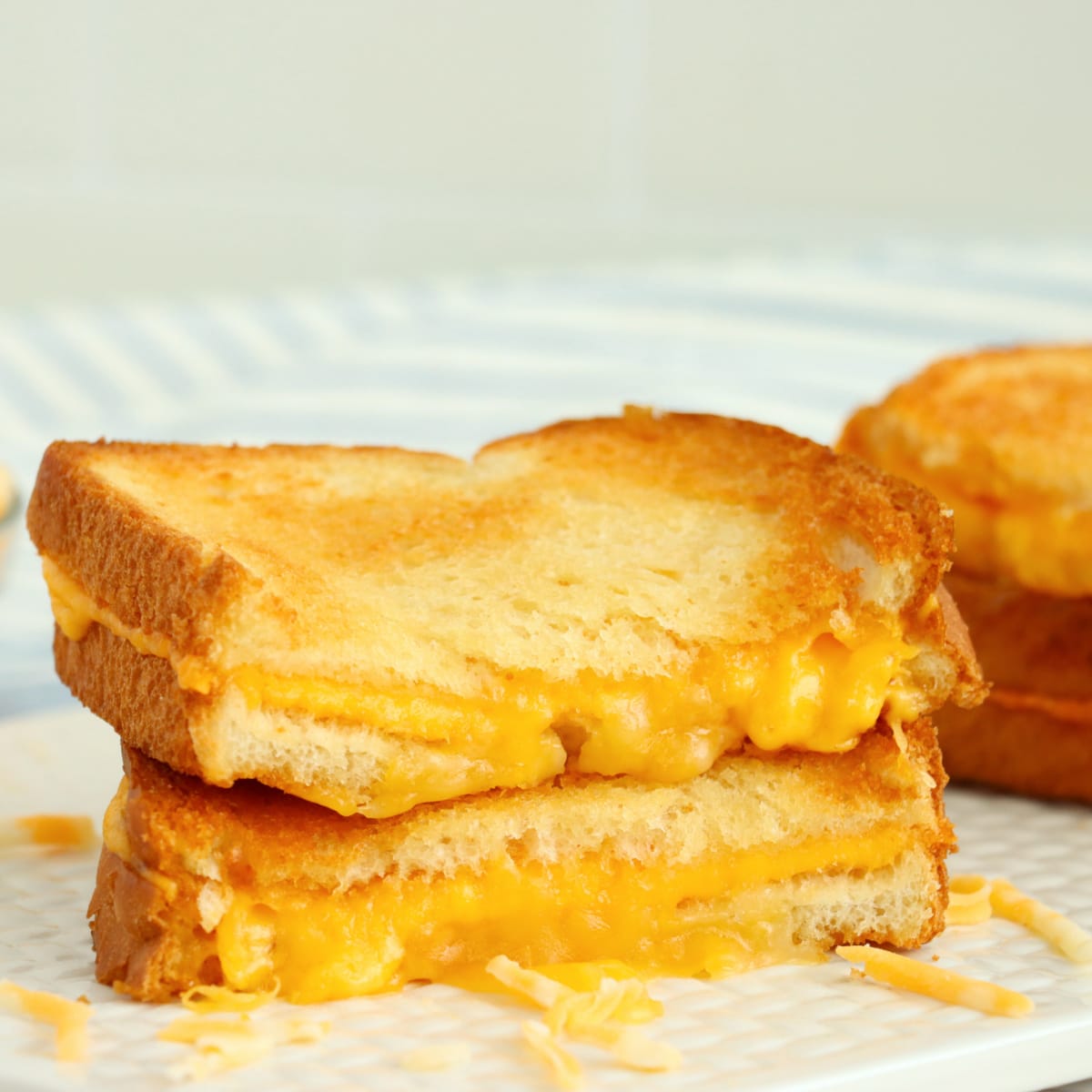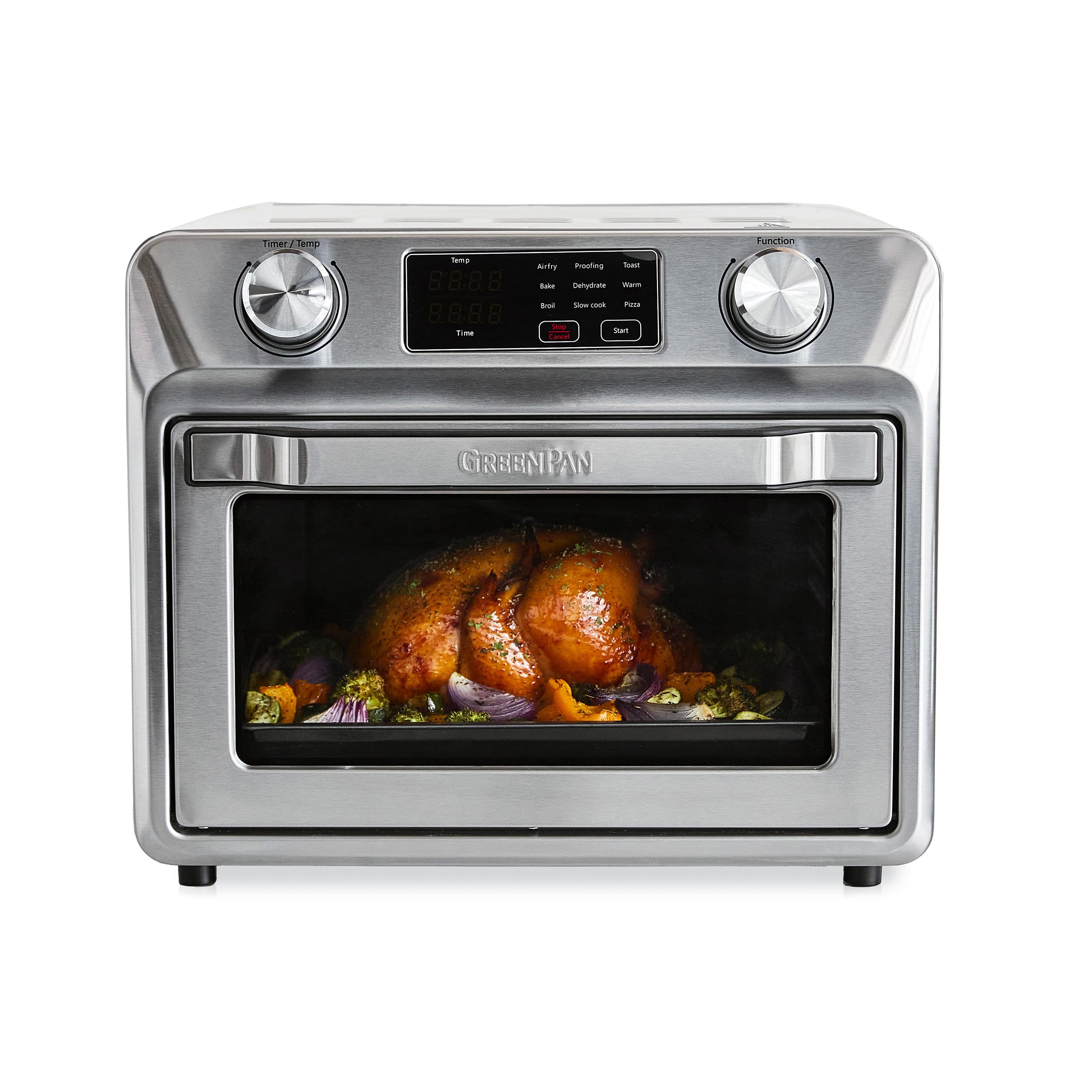Dutch Oven Cheesecake is a delicious dessert made in a Dutch oven, perfect for sweet lovers. Indulging in a mouthwatering cheesecake is always a delightful experience.
But have you ever tried making it in a Dutch oven? This unique method infuses the cheesecake with a rustic charm and enhances its flavors. Whether you’re camping, cooking outdoors, or want to try something different, Dutch Oven Cheesecake is a must-try.
This unconventional approach involves baking the cheesecake on hot coals, resulting in an irresistibly creamy texture and a crispy crust. The gentle heat distribution of a Dutch oven ensures even cooking, while the lid traps moisture for a perfectly moist cheesecake every time. Get ready to tantalize your taste buds with this delectable dessert that combines the best of two worlds: cheesecake and Dutch oven cooking.
The Charm Of Dutch Oven Baking
Dutch Oven Cheesecake: The Charm of Dutch Oven BakingBenefits of using a Dutch oven for cheesecakes:
- Dutch ovens provide even heat distribution, producing perfectly cooked cheesecakes with no hot spots.
- The cast iron material of the Dutch oven helps retain heat, creating a stable baking environment and ensuring consistent results.
- The tight-fitting lid traps steam, keeping the cheesecake moist and preventing cracking.
- Dutch ovens can be used on stovetops and ovens, offering versatility in baking methods.
- The durable construction of Dutch ovens allows for long, slow baking, ideal for cheesecakes that need time to set without burning.
- The deep sides of a Dutch oven prevent water from seeping into the cheesecake during water bath baking, making it easier to achieve a creamy texture.
Contrasting Dutch oven baking with traditional methods:
Compared to traditional baking methods, a Dutch cheesecake oven offers unique advantages. Dutch ovens prevent water from leaking during the bath, unlike springform pans, ensuring a smooth and consistent texture.
Compared to baking in standard cake pans, the cast iron material of a Dutch oven allows for better heat retention and even distribution. This results in cheesecakes evenly baked with a golden crust and no overbaked edges.
Additionally, the Dutch oven’s ability to trap steam helps prevent the cheesecake from drying out and developing cracks. Dutch oven baking provides a charming and effective way to create delicious and picture-perfect cheesecakes.
Essential Ingredients For Perfect Cheesecake
When making a Dutch Oven Cheesecake, it is imperative to select quality cream cheese. Opt for a smooth, creamy brand and free from lumps. This will ensure a rich and velvety texture in your cheesecake. Fresh eggs and dairy products also play a crucial role.
Use recently purchased eggs and ensure they are at room temperature before adding them to the batter. Choose fresh and high-quality milk, sour cream, or heavy cream for the dairy components.
The use of vanilla essence enhances the flavor of the cheesecake. Be sure to use pure vanilla extract instead of imitation vanilla. It adds a distinct and aromatic taste to the dessert. Lastly, the choice of crust for your cheesecake can make a difference for added flavor and texture. Experiment with options like graham crackers, cookies, or nut-based crust.
Preparing Your Dutch Oven
It is essential to season the oven properly to ensure a non-stick bliss while cooking a delicious Dutch Oven Cheesecake. Start by cleaning the Dutch oven thoroughly with warm, soapy water. Then, coat the interior and exterior of the oven with a thin layer of vegetable oil or shortening.
Place the oven upside down in a preheated oven at 350°F (175°C) for about an hour. This process allows the oil to permeate the oven’s surface, creating a natural non-stick coating. Temperature control plays a crucial role in Dutch oven cooking.
Monitoring and adjusting the heat throughout the cooking process is essential for successful cheesecake preparation. Use a cooking thermometer to maintain a consistent temperature, usually around 325°F (162°C) for baking.
Another option is liners or baking inserts explicitly designed for Dutch oven cooking. These liners make the cleanup more manageable and prevent the cheesecake from sticking to the oven, especially during removal. Parchment paper or aluminum foil liners are recommended to save time and effort.
Cream Cheese Mastery
When making a Dutch Oven cheesecake, achieving the perfect consistency is crucial. Starting with room-temperature cream cheese is essential to ensure a smooth and creamy texture. Softening the cream cheese allows easier mixing and creates a luscious final product. For smooth mixing, beat the cream cheese until it’s velvety and lump-free.
Flavor infusions can take a Dutch Oven cheesecake to the next level. Adding different extracts, spices, or fruit purees lets you personalize the taste to suit your preferences. Popular options include vanilla, lemon zest, almond extract, or raspberry puree. Experimenting with flavors can create a unique and customized cheesecake experience.
Balancing Sweetness And Texture
Balancing sweetness and texture is vital when making a delicious Dutch Oven cheesecake. The type of sugar you use can significantly impact the final product. Granulated sugar is the most commonly used type and provides a neutral sweetness.
Brown sugar adds a rich caramel flavor and can make the cheesecake moister. Powdered sugar is often combined with other sugars to achieve a smoother texture. It dissolves quickly and helps prevent graininess.
Incorporating eggs into the cheesecake batter is also crucial, but it’s important not to overmix. Overmixing can lead to too much air being incorporated, resulting in a lighter texture and a higher chance of cracking. To avoid this, gently fold the eggs with a spatula until combined.
In summary, choosing suitable sugar and incorporating eggs properly is essential for achieving a perfectly balanced Dutch Oven cheesecake that delights the taste buds.
Creating A Crumbly Base
Dutch oven cheesecake is a delectable treat that is perfect for any occasion. Creating a crumbly base is an essential part of achieving a delicious cheesecake. When it comes to the crust, it is important to use techniques that result in a firm yet crumbly texture.
One technique for a perfect crust is to pre-bake it before adding the cheesecake filling. This step ensures the crust becomes crisp and holds its shape while the filling bakes. To achieve crumbly perfection, it is essential to mix the base ingredients just until they come together. Overmixing can result in a tough crust instead of a crumbly one.
Additionally, combining butter and crushed graham crackers or other cookies can add a flavorful dimension to the crust. It is also important to press the crumb mixture into the bottom of the Dutch oven to create an even base.
Pouring And Smoothing Techniques
When making a Dutch Oven Cheesecake, it is essential to master the pouring and smoothing techniques to ensure an even distribution and a smooth top. Here are some tricks to avoid air bubbles and cracks:
- Start by preparing the cheesecake batter according to your recipe.
- When pouring the batter into the Dutch oven, do it slowly and evenly to prevent air bubbles from forming.
- Once the batter is in the oven, gently tap the oven on a hard surface to release any trapped air bubbles.
- To smooth the top of the cheesecake, use an offset spatula or the back of a spoon.
- For an extra smooth finish, dip the spatula or spoon in hot water and then run it over the top of the cheesecake.
- Continue to smooth the top until you are satisfied with the appearance.
- Avoid overbaking the cheesecake to prevent cracks, and be cautious when opening the oven door while baking.
- Allow the cheesecake to cool gradually before refrigerating it.
Managing Heat For Even Cooking
The key to achieving a perfectly cooked Dutch Oven Cheesecake is effectively managing the heat during cooking. One important consideration is choosing between coals or gas for temperature regulation. Both options have their advantages.
Coals offer a more traditional and rustic cooking experience, allowing for a slower and more controlled heat distribution. You can easily adjust the temperature by adding or removing coals from the top and bottom of the Dutch oven.
On the other hand, gas provides a more convenient and precise heat source. With a gas grill or burner, you can easily control the flame and maintain a consistent temperature throughout cooking.
Another factor to keep in mind is time management. The cooking time will vary depending on the recipe and desired texture of the cheesecake. To achieve that desirable jiggle in the center of the cheesecake, it is essential to bake it just until the edges are set, but the center is still slightly wobbly.
This will ensure a creamy and smooth texture. Avoid overcooking the cheesecake, leading to a dry and cracked result. Keep a close eye on the cooking time and use a toothpick or cake tester to check for doneness.
Tenting And Preventing Moisture Buildup
Tenting is a vital aspect to consider when baking a cheesecake in a Dutch oven. This technique helps prevent the top from burning and ensures even cooking throughout. By creating a foil tent, you can shield the cheesecake from direct heat, allowing it to cook gently.
Another common issue to address is moisture buildup. When baking a cheesecake, it is vital to prevent excess moisture from accumulating, which can cause a soggy crust. One effective method is to use a water bath, where the cheesecake pan is placed in a larger pan filled partially with water. This helps regulate the oven temperature and prevents cracks from forming on the cheesecake’s surface.
However, in Dutch oven scenarios, water baths may not be feasible. Luckily, there are alternatives to achieve similar results. Placing a heatproof dish filled with water on the bottom of the oven can create a moist environment, reducing the risk of cracking.
Additionally, ensuring the oven temperature is not too high and baking the cheesecake for the recommended time can help prevent excess moisture.

Credit: www.sweetstreet.com
Cooling And Chill Time Importance
Proper cooling and chill time are vital when making a Dutch Oven Cheesecake to achieve the best texture and prevent sinking. After baking, it is essential to let the cheesecake cool completely at room temperature before refrigerating it. This allows the cheesecake to set correctly and prevents any drastic temperature changes that could cause it to sink in the middle.
Once the cheesecake has cooled at room temperature, it is then refrigerated for an optimal duration to enhance its texture further. Refrigerating the cheesecake for at least 4 hours, ideally overnight, allows it to form a creamy and velvety texture that many cheesecake lovers crave.
Toppings For An Exquisite Presentation
Regarding Dutch Oven Cheesecake, topping ideas are essential for an exquisite presentation. Classic toppings like fresh fruits such as strawberries, blueberries, and raspberries add flavor and a vibrant burst of color. You can also opt for drizzles such as chocolate or caramel sauce, adding a touch of decadence to your cheesecake.
If you’re feeling creative, consider garnishing with edible flowers like pansies or nasturtiums for a visually stunning dessert. These unique toppings enhance the aesthetic appeal and add an extra layer of flavor to your cheesecake.
Experimenting with different combinations of toppings allows you to customize the presentation to your taste preferences. So, explore and enjoy the world of Dutch Oven Cheesecake for a genuinely remarkable dessert experience.
Frequently Asked Questions For Dutch Oven Cheesecake
How Do You Make A Dutch Oven Cheesecake?
To make a Dutch oven cheesecake, start by preheating the Dutch oven with hot coals. Mix the cheesecake ingredients, pour them into a prepared crust, and place them in the oven. Bake for a specified time, then allow the cheesecake to cool before serving.
Can You Use A Regular Oven For Cheesecake?
Yes, you can use a regular oven to bake a cheesecake. Preheat the oven to the recommended temperature and follow the recipe instructions. However, using a Dutch oven for cheesecake adds a rustic touch and allows cooking outdoors or in unconventional settings.
What Are Some Popular Dutch Oven Cheesecake Flavors?
Popular flavors for Dutch oven cheesecake include classic New York-style chocolate, strawberry, and salted caramel. You can also get creative and experiment with different flavors, such as pumpkin spice, lemon-blueberry, cookies, and cream. The possibilities are endless regarding cheesecake flavors in a Dutch oven.
Conclusion
Dutch Oven Cheesecake offers a unique and delicious twist to traditional cheesecake recipes. With the versatility of a Dutch oven, you can create a creamy, perfectly baked dessert that will leave your taste buds wanting more. Whether you’re a seasoned baker or just starting, this recipe is easy to follow and guarantees fantastic results.
So why not try it and indulge in the delectable world of Dutch Oven Cheesecake?





Leave a Reply